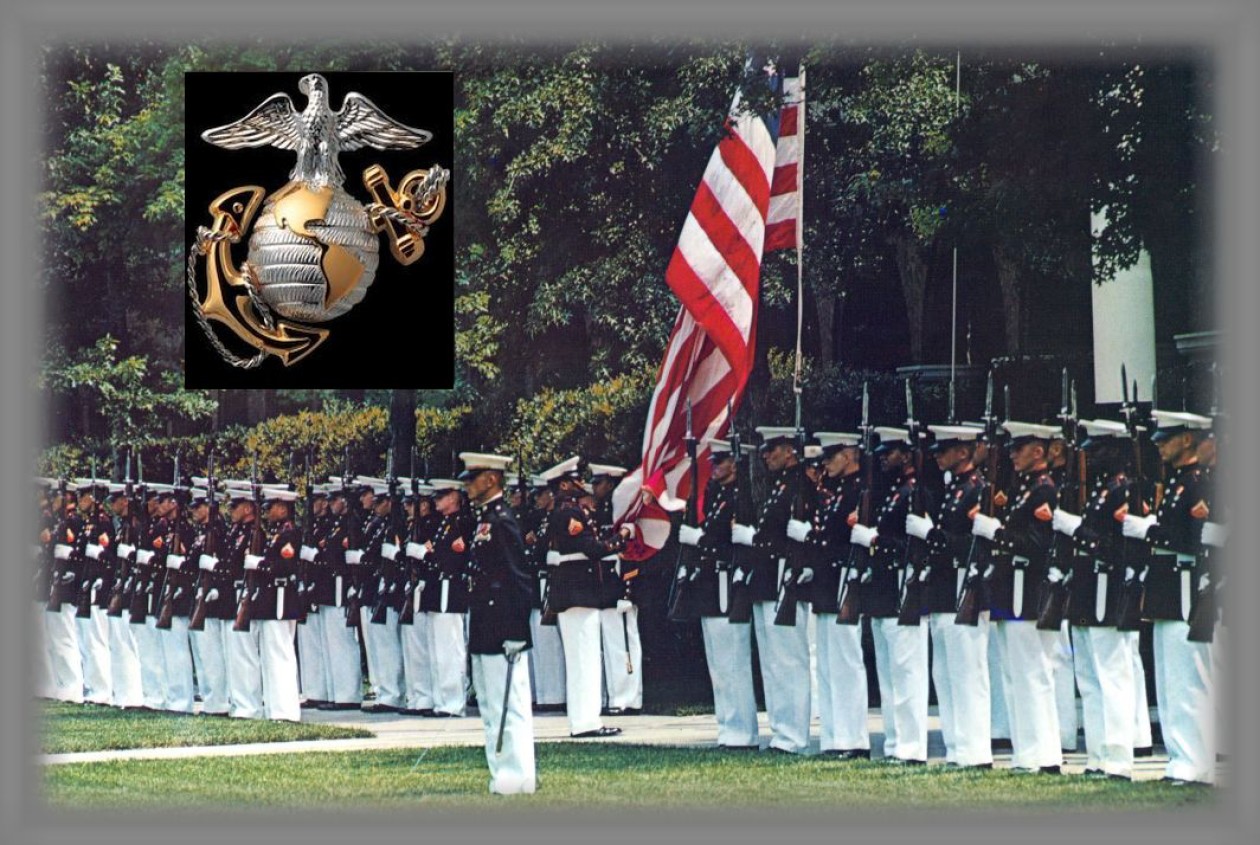I apologize for my absence, been too darn busy, but don’t ask doing what; I haven’t the slightest. I have no idea where my daytime hours go but they certainly speed by. One thing that has garnered my attention is trying to sell this damn RV. Can you imagine a guy with two motorhomes? Well, that be me. Should not have bought the second until I sold the first, but it’s not the first time I have done something stupid like that. Bought houses without selling the one we just moved from several times. DUMB!, and for someone with a degree in Economics you’d think he’d know better. Still trying to sell the Navion 24D, what an absolute steal for some young couple with children.
Anyway, I digress.I am a life member of the VFW thanks to my parents who moved to PA when Dad retired and to a dry county. Mom asked if I was a member and wasn’t so she asked if I’d join so they could go as associate members . This was immediate post RVN war when we were not welcome in those places. So, I joined and finally did the life membership things vice renewing every year. Great story in the “The Book” about my first visit to their VFW in 1974.
Anyway I get their trashy magazine that’s filled with nothing but advertises which I never read. And I even sometimes get emails from them when the higher ups think they have something important to say which is always a joke. Anyway, I got one today that really pissed me off so I am posting here. Please read what the Commander of the entire VFW worldwide has to say. And even look at the date he chose to write this POS.
VFW National Commander Reacts to Resolution on Military Promotions
‘Let’s remember, veterans vote’
WASHINGTON — “The VFW is relieved the nearly year-long obstruction of hundreds of general and flag officer promotions has ended thanks in large part to Senators and fellow VFW members Dan Sullivan and Joni Ernst. The hold on military promotions was endangering our national security and that of our allies, further jeopardizing the sustainability of our all-volunteer force, and negatively impacting the lives of countless service members and families. Going forward, we urge Congress to work together to resolve political disputes within the halls of Congress and permanently abandon the dangerous practice of casting partisan politics on to those wearing the cloth of our nation. Let’s remember, veterans vote.” — VFW National Commander Duane Sarmiento
Yes sir Mr Heavy, let us please remember Veterans Vote! I certainly hope like hell they vote! This fellow hasn’t a clue. I can’t believe that even the VFW has gone woke. Congressman Tuberville’s “hold on the the flag promotions is jeopardizing the sustainability of our all-volunteer force.” WHAT? And “negatively impacting the lives of countless service members and families.” Give me break. He hasn’t a clue what the hold on the promotions was all about, but then maybe some of you are in agreement with this windbag. I shall not embarrass my readers by outlining why the astute congressman did what he did and continues with the four stars. Do you know how much a three star makes? A 3-star over 24 (that’s his max) makes $212,101.20 a year, and that’s only his base pay. So this poor fellow won’t get his 4th star until the congressman says so. And guys, he is punishing the right people, although I wish he would not have eased off lower Gen/Adm promotions. They are the problem! They are carrying out the orders of that idiot in the WH instead of standing up for what’s right.
Did you know that an officers oath of office is not the same as the oath of enlistment? The officer’s oath does require him to follow the orders of the president of the US and those officers appointed over me. The officer’s oath acts as a safeguard against power corruption by not swearing obedience to the president or other officials, but rather to the Constitution. Many people do know there is a difference. If you want to read more about why there is a difference copy and paste the link below for a very good explanation from the Marine Corps. You just may learn something. So, these generals and admirals should be sounding an alarm vice rubber stamping everything DOD says.
I simply find it so sad that this VFW fellow is one of “them” The libitards have invaded the VFW.
https://www.quantico.marines.mil/News/News-Article-Display/Tag/53864/oath-of-office/
Originally posted 2023-12-14 16:36:27.







